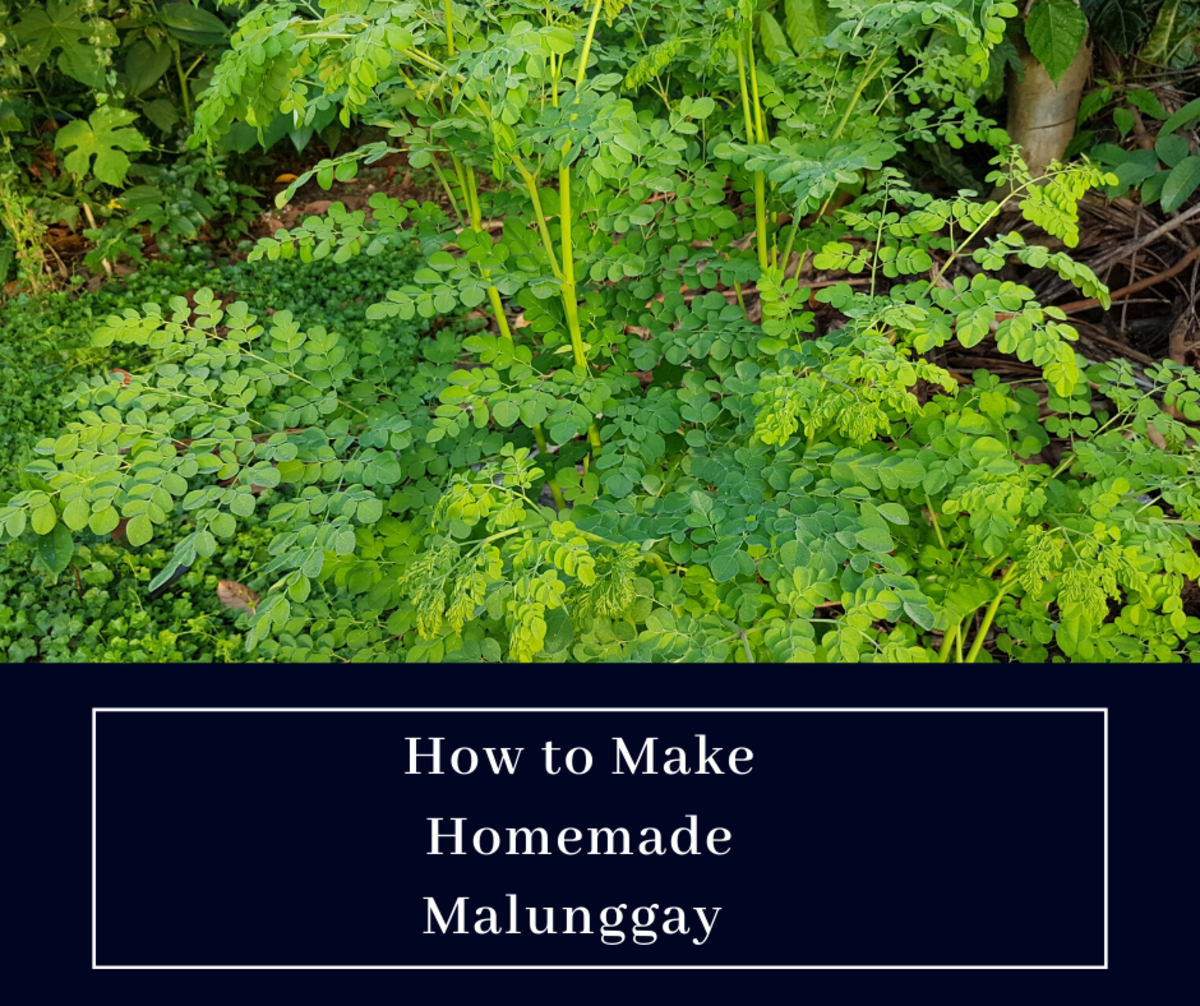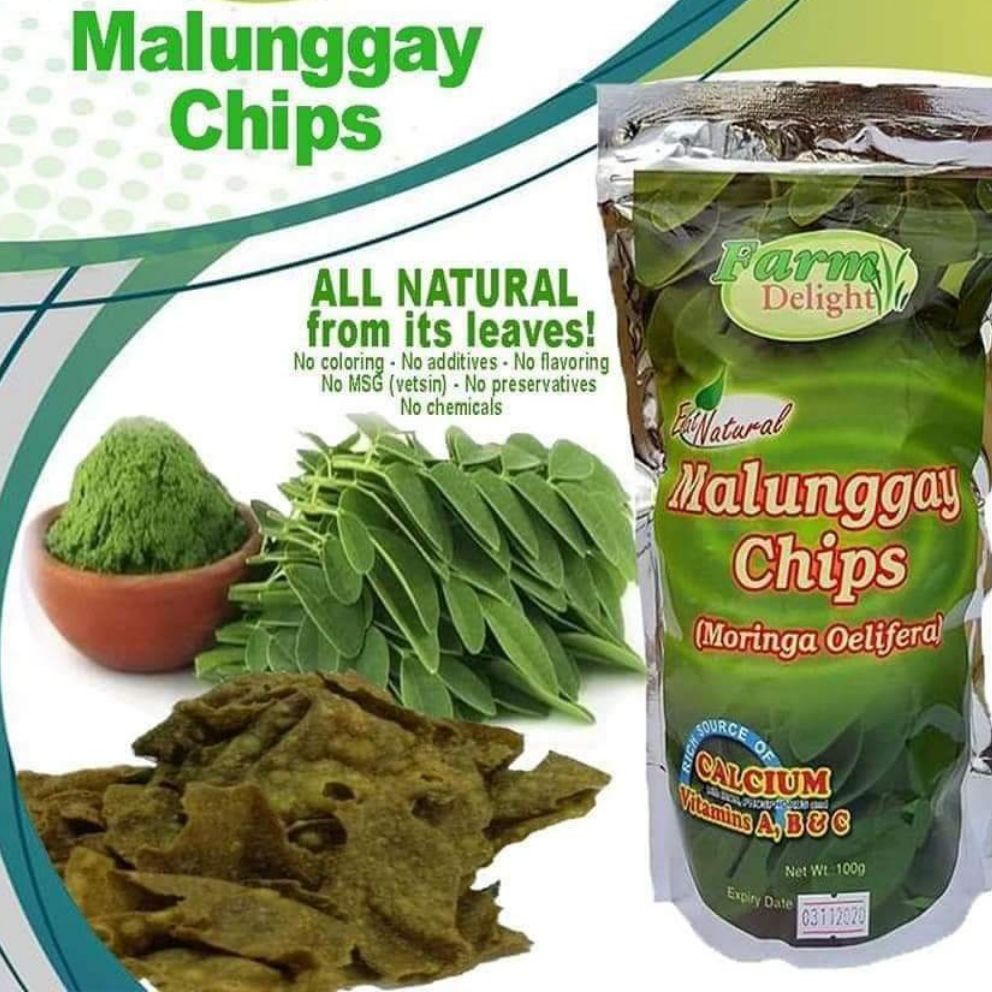สรรพคุณ [ แก้ ]
by Admin
Posted on 28-09-2023 03:58 PM

Acèh
العربية
مصرى
ပအိုဝ်ႏဘာႏသာႏ
bamanankan
کوردی
čeština
ދިވެހިބަސް
english
فارسی
suomi
गोंयची कोंकणी / gõychi konknni
hausa
עברית
हिन्दी
မြန်မာဘာသာ
नेपाली
پنجابی
português
संस्कृतम्
ᱥᱟᱱᱛᱟᱲᱤ
سنڌي
บทความ
อภิปราย
เครื่องมือ
เครื่องมือ
ย้ายเมนูไปที่แถบด้านข้าง
ซ่อน
อ่าน
ทั่วไป
หน้าที่ลิงก์มา
การเปลี่ยนแปลงที่เกี่ยวโยง
อัปโหลดไฟล์
หน้าพิเศษ
ลิงก์ถาวร
สารสนเทศหน้า
get shortened url
อ้างอิงบทความนี้
สิ่งนี้ในวิกิสนเทศ
พิมพ์/ส่งออก
สร้างหนังสือ
ดาวน์โหลดเป็น pdf
รุ่นพร้อมพิมพ์
ในโครงการอื่น
วิกิมีเดียคอมมอนส์
วิกิสปีชีส์
มะรุม จัดเป็นพืชผักพื้นบ้านของไทย มีประโยชน์อเนกประสงค์ ทั้งทางด้านอาหาร ยาและอุตสาหกรรม เป็นไม้ยืนต้นที่โตเร็ว ทนแล้ง ปลูกง่ายในเขตร้อน อาจจะเติบโตมีความสูงถึง 4 เมตรและออกดอกภายในปีแรกที่ปลูก ใบเป็นใบประกอบแบบขนนก ชนิดที่แตกใบย่อย 3 ชั้น ยาว 20 - 40 ซม. ออกเรียงแบบสลับ ใบย่อยยาว 1 - 3 ซม.
 รูปไข่ ปลายใบและฐานใบมน ผิวใบด้านล่างสีอ่อนกว่าและมีขนเล็กน้อยขณะที่ใบยังอ่อน ใบมีรสหวานมัน ออกดอกในฤดูหนาว บางพันธุ์ออกดอกหลายครั้งในรอบปี ดอกเป็นดอกช่อ สีขาว กลีบเรียง มี 5 กลีบ กลีบดอกมี 5 กลีบแยกกัน ดอกมีรสขม หวาน มันเล็กน้อย ผลเป็นฝักยาว เปลือกสีเขียวมีส่วนคอดและส่วนมน เป็นระยะ ๆ ตามยาวของฝัก ฝักยาว 20 - 50 ซม. ฝักมีรสหวาน เมล็ดเป็นรูปสามเหลี่ยม มีปีกบางหุ้ม 3 ปีก เส้นผ่าศูนย์กลางของเมล็ดประมาณ 1 ซม. มะรุมเป็นไม้ที่มีถิ่นกำเนิดอยู่ในประเทศแถบเอเชีย
เช่น
อินเดีย ศรีลังกา เป็นต้น และยังมีในเขตเอเชียไมเนอร์และแอฟริกา เป็นไม้ปลูกง่าย เจริญได้ดีในดินทุกชนิด ต้องการน้ำและความชื้นในปริมาณปานกลาง ขยายพันธุ์ด้วยการเพาะเมล็ดและการปักชำกิ่ง งอกเร็ว ใช้เวลา 2 สัปดาห์ต้นกล้าสูงประมาณ 10-20 เซนติเมตร
สรรพคุณ[ แก้ ]
มะรุมในทางการแพทย์จะช่วยใช้ควบคุมระดับน้ำตาลในเลือดในผู้ป่วย เบาหวาน ควบคุม ภาวะความดันโลหิตสูง ช่วยเพิ่มและเสริมสร้างภูมิคุ้มกันให้แก่ร่างกาย
ใบ ใช้ถอนพิษไข้ แก้เลือดออกตามไรฟัน แก้อักเสบ แก้แผล ฆ่าเชื้อแบคทีเรีย ขับปัสสาวะ ป้องกันมะเร็ง ลดความดันโลหิต
ยอดอ่อน ใช้ถอนพิษไข้
ดอก ใช้แก้ไข้หัวลม เป็นยาบำรุง ขับปัสสาวะ ขับน้ำตา ฆ่าเชื้อแบคทีเรีย ป้องกันมะเร็ง.
รูปไข่ ปลายใบและฐานใบมน ผิวใบด้านล่างสีอ่อนกว่าและมีขนเล็กน้อยขณะที่ใบยังอ่อน ใบมีรสหวานมัน ออกดอกในฤดูหนาว บางพันธุ์ออกดอกหลายครั้งในรอบปี ดอกเป็นดอกช่อ สีขาว กลีบเรียง มี 5 กลีบ กลีบดอกมี 5 กลีบแยกกัน ดอกมีรสขม หวาน มันเล็กน้อย ผลเป็นฝักยาว เปลือกสีเขียวมีส่วนคอดและส่วนมน เป็นระยะ ๆ ตามยาวของฝัก ฝักยาว 20 - 50 ซม. ฝักมีรสหวาน เมล็ดเป็นรูปสามเหลี่ยม มีปีกบางหุ้ม 3 ปีก เส้นผ่าศูนย์กลางของเมล็ดประมาณ 1 ซม. มะรุมเป็นไม้ที่มีถิ่นกำเนิดอยู่ในประเทศแถบเอเชีย
เช่น
อินเดีย ศรีลังกา เป็นต้น และยังมีในเขตเอเชียไมเนอร์และแอฟริกา เป็นไม้ปลูกง่าย เจริญได้ดีในดินทุกชนิด ต้องการน้ำและความชื้นในปริมาณปานกลาง ขยายพันธุ์ด้วยการเพาะเมล็ดและการปักชำกิ่ง งอกเร็ว ใช้เวลา 2 สัปดาห์ต้นกล้าสูงประมาณ 10-20 เซนติเมตร
สรรพคุณ[ แก้ ]
มะรุมในทางการแพทย์จะช่วยใช้ควบคุมระดับน้ำตาลในเลือดในผู้ป่วย เบาหวาน ควบคุม ภาวะความดันโลหิตสูง ช่วยเพิ่มและเสริมสร้างภูมิคุ้มกันให้แก่ร่างกาย
ใบ ใช้ถอนพิษไข้ แก้เลือดออกตามไรฟัน แก้อักเสบ แก้แผล ฆ่าเชื้อแบคทีเรีย ขับปัสสาวะ ป้องกันมะเร็ง ลดความดันโลหิต
ยอดอ่อน ใช้ถอนพิษไข้
ดอก ใช้แก้ไข้หัวลม เป็นยาบำรุง ขับปัสสาวะ ขับน้ำตา ฆ่าเชื้อแบคทีเรีย ป้องกันมะเร็ง.
Malunggay (Moringa Oleifera) Herbal Medicine
Moringa oleifera is a fast-growing, drought-resistant tree of the family moringaceae, native to the indian subcontinent and used extensively in south and southeast asia. Common names include moringa, drumstick tree (from the long, slender, triangular seed-pods), horseradish tree (from the taste of the roots, which resembles horseradish ), or malunggay (as known in maritime or archipelagic areas in asia). It is widely cultivated for its young seed pods and leaves, used as vegetables and for traditional herbal medicine. It is also used for
water
purification.
 Although listed as an invasive species in several countries, m.
Although listed as an invasive species in several countries, m.
This leafy vegetable, also known as moringa oleifera, comes from a tree that can make 10,000 a year. This is also called the horseradish tree or drumstick tree. Iit is actually very functional and beneficial to have right in your garden. Nearly every part of the moringa tree is used as an ingredient in traditional herbal medicine, or can be eaten. The moringa’s roots and flowers actually contain pterygospermin. This has fungicidal and antibiotic effects, and is known for helping cholera patients. And you can even eat these flowers. They also have a wealth of calcium and potassium in them.
Moringa oleifera is a plant that is often called the drumstick tree, the miracle tree, the ben oil tree, the horseradish tree, or simply “malunggay” here in the philippines. It has been traditionally used as human food and alternative medicine worldwide. It has been identified as a plant with numerous health benefits including nutritional and medicinal benefits. The pods are generally lower in vitamins and minerals than the leaves. They are, however, extremely high in vitamin c. The leaves have 7 times more vitamin c than oranges and 15 times more potassium than bananas. Moringa oleifera contains calcium, protein, iron, and essential amino acids, which help your body heal and build muscle.
The malunggay plant, also known as moringa oleifera, is a type of plant that can be found in many tropical and sub-tropical areas in the world. It is known as a multi-purpose plant because most of its parts – from the leaves, to the pods, fruits, flowers, and even the roots and bark – can be used for various purposes. In the philippines, malunggay has been used as an herbal remedy in many cultures over hundreds of years, because the plant is packed with vitamins, minerals, and essential nutrients. It effectively combats malnutrition, especially for infants and nursing mothers.
Malunggay Traditional Medicinal Uses and Health benefits
Malunggay has a long history of medical usage and has a long list of folkloric health benefits for the following conditions. Malunggay is widely believed to contain high value nutrients and consumption of which promotes general well being. Malunggay is also called a "miracle tree" primarilly for the various health benefits it can provide for almost all kinds of diseases and medical conditions. More over almost all of its parts have use - from its roots, pods, barks, flowers and leaves. Listed below are some of the traditional herbal treatment of malunggay. Scalp problems. Malunggay leaves pounded and combined with coconut oil is used to treat scalp problems and to promote hair growth.
The humble malunggay, known as moringa oleifera in other countries, has traditionally been given to moms who have a low milk supply. However, did you know that your family can also reap the health benefits of malunggay?.